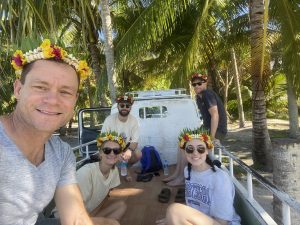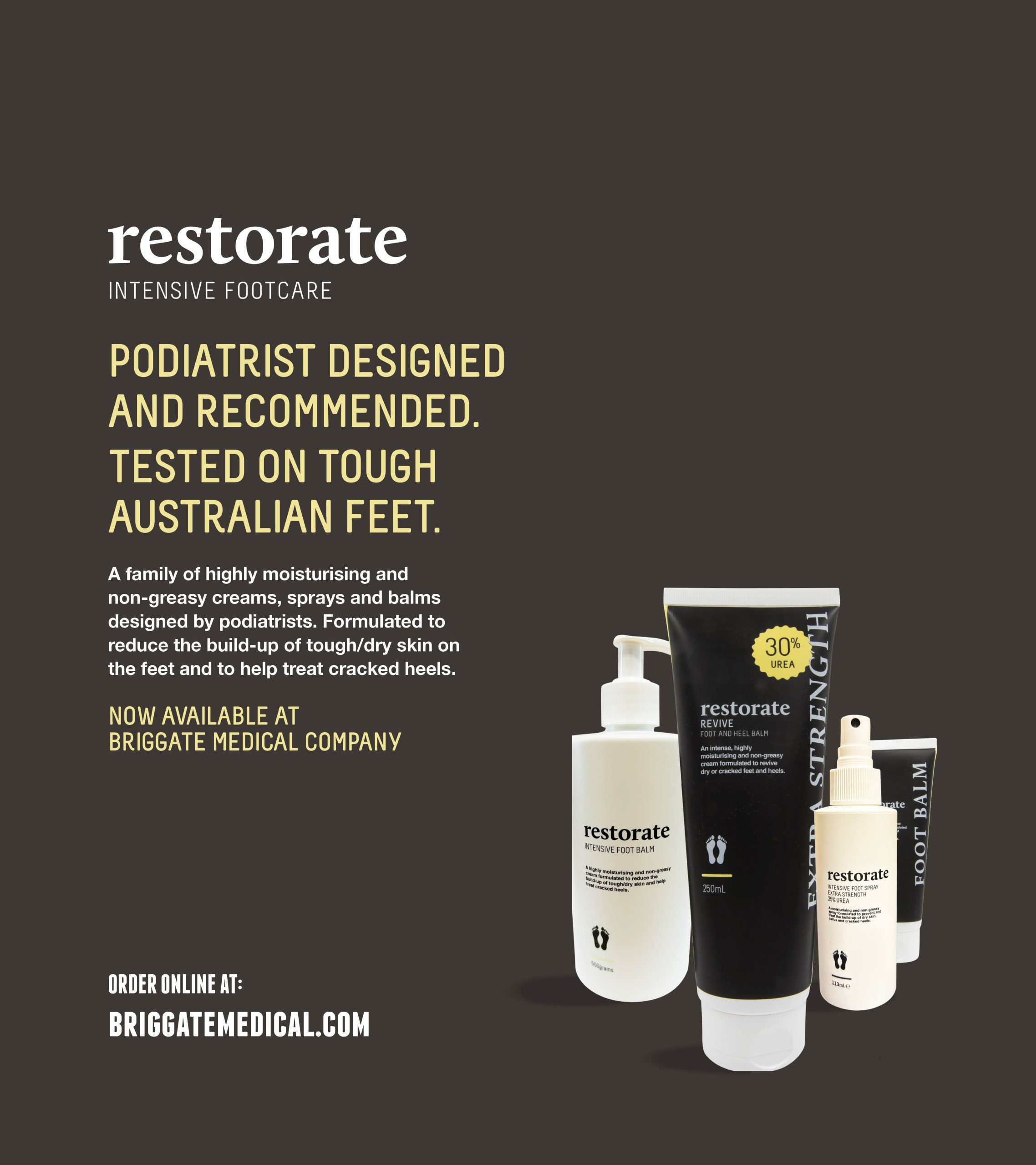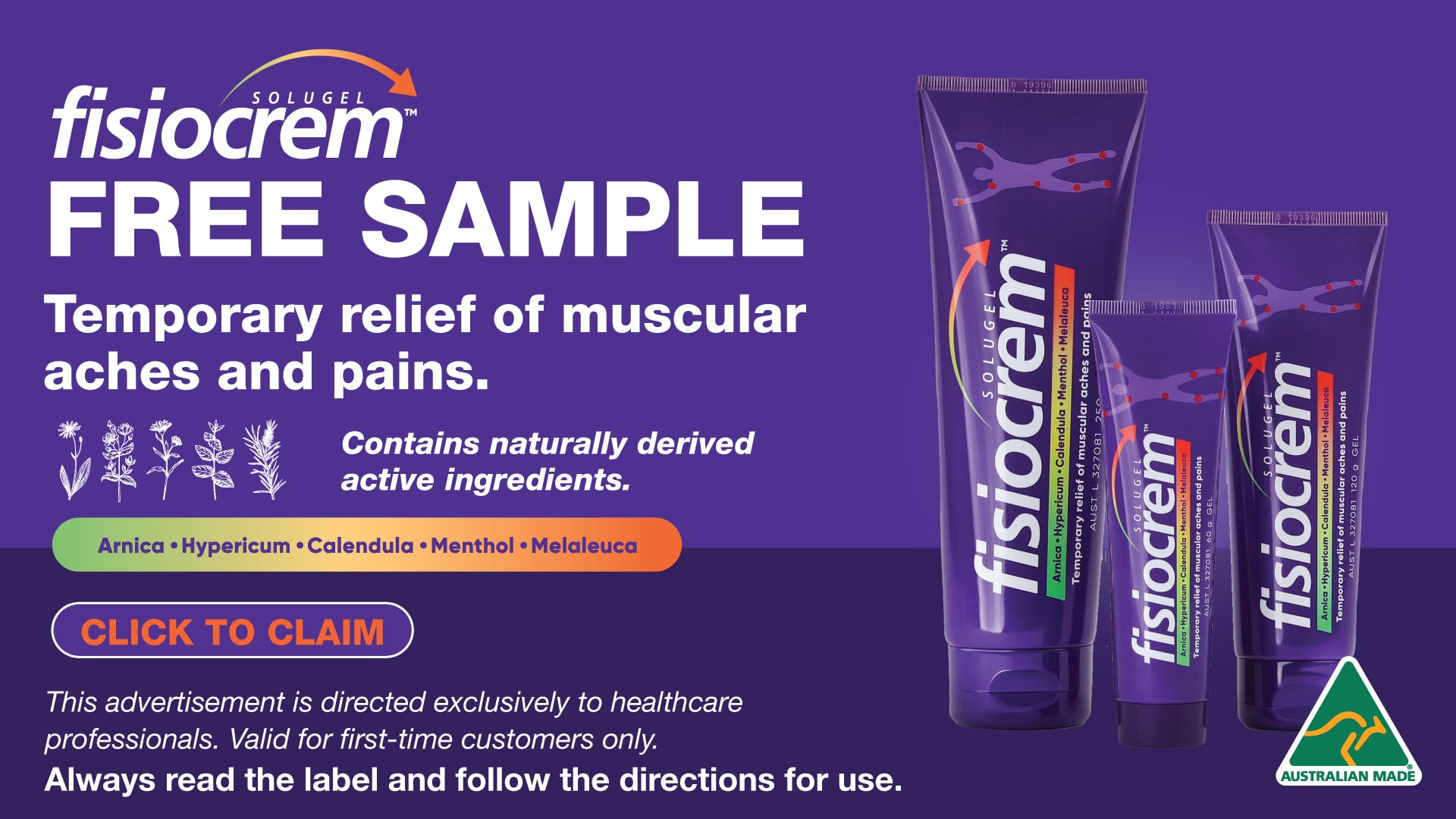Environmental impacts: podiatry practice waste
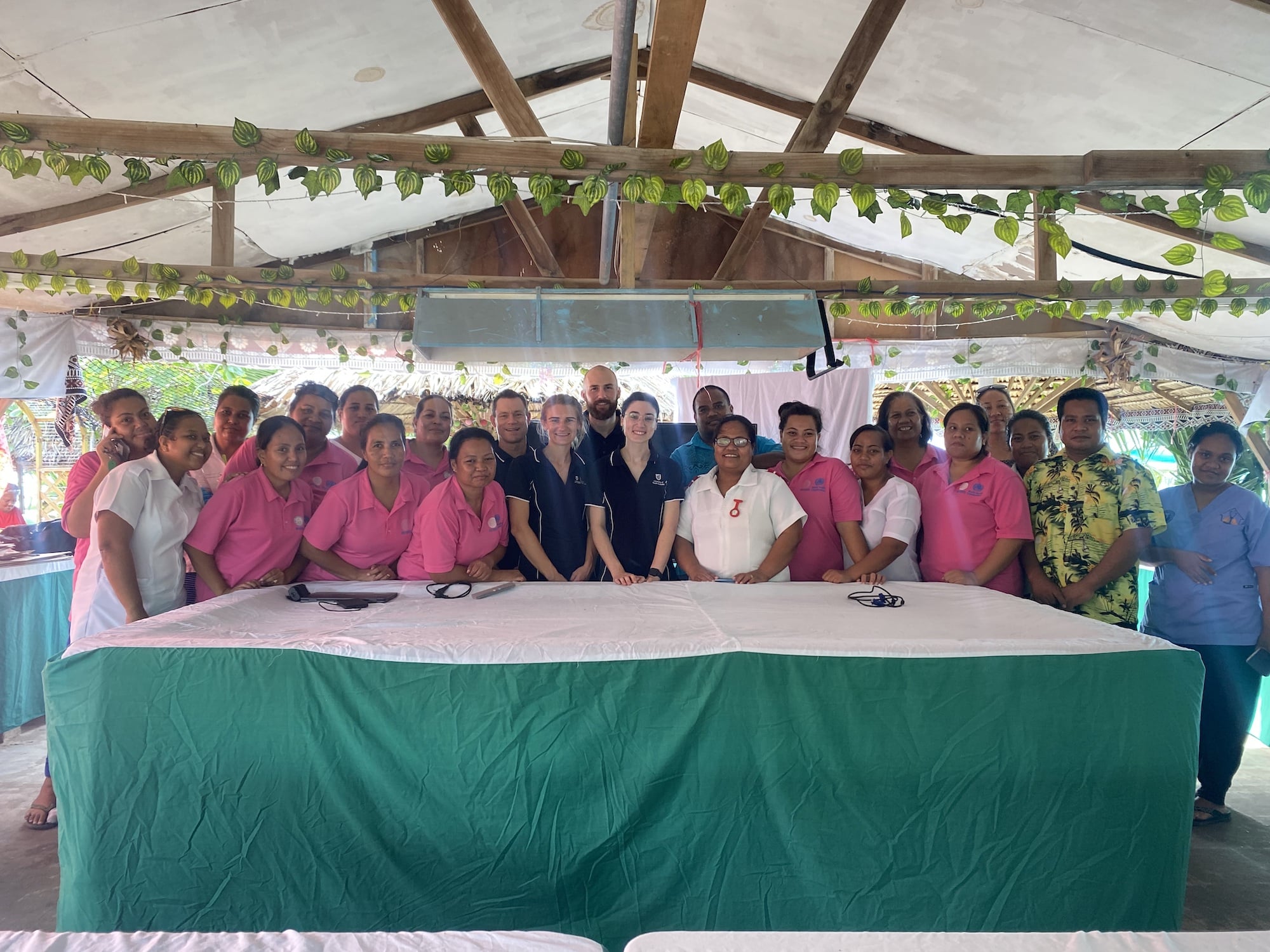
Podiatry benefits Kiribati: can you help?
STRIDE interviewed Dr Ryan Causby about the University of South Australia’s podiatry initiative in Kiribati, located in the Pacific Ocean, just across the Equator. With one hospital servicing a population of 100,000 people, and nearly one third of Kiribati’s population aged between 24 to 65 having diabetes, Kiribati certainly benefits from podiatric intervention.
Dr Causby, Program Director for the University of South Australia’s podiatry program, explains how the university students’ podiatric intervention is helping to make a positive difference – and how more help is needed.
 Can you tell us a little about Kiribati?
Can you tell us a little about Kiribati?
It’s a really interesting place. Firstly, it’s pronounced ‘Kiribus’ rather than Kiribati. The ‘ti’ in their language, i-Kiribati, actually becomes an ‘s’ sound. Their version of Starbucks (no, it’s not remotely the same), for example, is spelled as ‘Titarbakti’.
Kiribati is the first country past the International Date Line. In fact, if you look at the International Date Line, the little blip which occurs on it is to allow Kiribati to all be in the same time zone. This is because of the broad area that Kiribati covers, which is a total land area of 811 square kilometres. This isn’t a lot, but it’s dispersed over five million square kilometres of ocean.
To put this into perspective, if you were to travel from South Tarawa to Kritimati Island (Kirbati’s Christmas Island), it would take roughly four weeks by boat or a few hours by plane. This is one of the only islands made up of land rather than being a coral atoll.
The capital island of Tarawa, which is the atoll we visit, has a highest point of three metres above sea level, and thus, Kiribati is the first country that’s going to go underwater water for a variety of reasons, including rising sea levels.
The entire population now sits just above 119,000 people, with about half of these people crammed into the main island of Tarawa, which makes for very densely populated living conditions. These conditions invite in a range of issues; not least because the land is sinking. A plan is in place for when this happens but it’s a last resort. Land in Fiji is being bought, for example, with the idea to eventually move some of the population there. Mangroves and other plants are also being planted to try to increase the land mass and support flood management. There is a whole lot more being done in addition to this.
Ironically, Kiribati is also experiencing drought so the water isn’t being replenished very well and is becoming highly salinated, owing to increasing salt levels. The Australian government is building a desalination plant to help with this and donating solar units to help desalinate small sections of water for their wells and other purposes.
Another interesting fact about Kiribati is that it has lots of old ships rusting out on the reefs. These are relics from World War II when Kiribati was an area of significant conflict between America and Japan; a lot of Australian and New Zealand troops were also involved. Its location in the Pacific Ocean represented a pivotal point to transfer food and restock supplies, and the country was under invasion by Japanese troops and the Allied forces at various points. The locals continue to use the old tank tracks as fences for their homes.
Can you share some high-level healthcare insights?
When it comes to healthcare, since there is currently only one hospital in Kiribati, most of the healthcare system runs in little clinics across the outer islands. Water is a key issue, given the well water – particularly in Tarawa – is contaminated and highly polluted, owing to the rising sea levels amongst other factors. The health system is heavily reliant on foreign aid, and thus there is poor access to antibiotics. These factors combine to result in many infection control challenges, especially against the backdrop of high diabetes rates in the Kiribati population.
What are some common podiatric presentations?
There is a high rate of amputation, owing to a very high prevalence of diabetes, which is accompanied by a need for prosthetists. In fact, 29 per cent of people in Kiribati across the 25 to 64 age group have diabetes.
To put this into perspective, at its highest historical peak, around 13 per cent of Australia’s Aboriginal population reported having diabetes or high blood sugar levels, though this rate continues to be far too high. The University of South Australia runs podiatry initiatives across Aboriginal populations to help address this significant health issue (see further below for more information).
To paint a picture around the impact of diabetes in Kiribati, several elements are involved. Firstly, many people in Kiribati rely on fishing as a source of income, so they’re often out on coral reefs. Next, the dense population in parts of Kiribati leads to cramped living conditions where rats and other rodents exist. Added to this is the high humidity and moist heat, and the fact that many people don’t wear shoes or have access to clean water or antiseptic.
When combined, these elements create a perfect storm for wounds, diabetic foot ulcers and potential amputation. The infection rate is just through the roof, with it not being uncommon for a basic foot wound to very quickly lead to amputation.
How do your students help to address these issues?
We work with the locals to teach them about diabetic feet and the importance of offloading. But more importantly, we teach locals how to manage infections and we share simple solutions to support cleanliness. We also emphasise the importance of dressings and keeping wounds covered, along with sharing advice on how important it is to protect the feet overall.
Can you share any standout memories from your experiences in Kiribati so far?
What really stands out is seeing the difference our students can make. One of our patients had an ulcer for six months. Thankfully, it hadn’t yet led to amputation. So, we went in and showed the patient how to offload and gave a lot of education. Within two weeks, their ulcer was 50 per cent healed and it was gone within another couple of weeks. Interestingly, their vascular supply didn’t appear to be an issue. Most of our patients have a really good vascular supply, so as soon as we address the bacterial burden and offloading the ulcer, they tend to heal well.
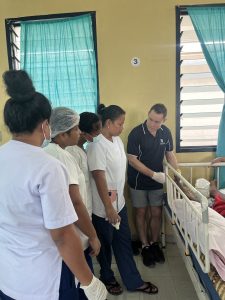
The students will respond along the lines of, “Oh, is that all?” And to this, we say, “Yes, that’s all. Let’s see what happens. And while you’re at it, teach your patient a bit about getting their blood glucose levels under control.”
The real magic takes place when the patient returns, fully-healed and the student realises, “Oh, we don’t need all this fancy stuff. We just need to go back to basics.” I enjoy seeing this realisation hit our students.
Through helping others, our students gain a much better understanding into the importance of patient education. They also benefit from a cultural experience where they suddenly need to learn how to think outside the box. It’s very likely that their patients don’t have lots of money or ease of access to antiseptics or dressings, which creates new depths of understanding and empathy. Our students start to become able to manage patients from all walks of life. These are highly valuable transferable skills.
It’s certainly a confronting situation for our students and I love seeing them step up to the plate. It’s not uncommon for triaging to take place in a tent in a car park, with families sleeping under the patients’ beds and cooking in the ward. The wards are wide open, with open windows, and the beds are like what your great-great-grandparent may have slept on; cast iron and very basic.
You see some fascinating things. We’ve had multiple patients with rat bites. We’ve had patients with leprosy. They’re some of the things that really stick in my mind. To make a difference is incredible, and to watch our students become empowered to do this, it’s very rewarding.
Can you share some more examples of how these skills may transfer, once back in Australia?
What immediately comes to mind is the work our students do in Aboriginal communities, through the university. This experience instills a sense of a much bigger picture in our students and it reaffirms the power of podiatry to make a difference; no matter where they go in their careers.
It’s also not uncommon for our students to volunteer their time in this capacity – whether in Aboriginal communities or abroad – and end up working in these communities over the long-term. One of our podiatry students went to the Pacific Islands to continue his role upon graduating. This was through Motivation Australia, who no longer operate there. He now works in the Solomon Islands to provide care to the Islanders. This passion grew out of that Kiribati visit.
How did the University of South Australia become involved?
Foreign aid is important to Kiribati, with Australia being involved in this picture. A while back, the University of South Australia collaborated with a group called Motivation Australia who were based in South Australia. At the time, Motivation Australia was working on a range of Kiribati-based initiatives.
Through this collaboration, we learned of an Australian initiative called the New Colombo Plan; funded by the Department of Foreign Affairs and Trade. Part of the plan’s purpose is to raise knowledge of the Indo Pacific region amongst Australian undergraduate students. Through this opportunity, our podiatry students access these cultural experiences while applying their skills to make a difference – and they also learn a lot along the way.
How can podiatrists – or anyone reading this – lend support?
What the people of Kiribati really need are products and material supplies. If you can donate basic dressings like INADINE, Iodosorb and other dressings, that would make a big difference. Likewise, felt for offloading and even post-operative shoes are so scarce in Kiribati. Then we can ship these items across or seek to take them there ourselves. Please email me to discuss this further, if you are in a position to help: Ryan.Causby@unisa.edu.au
In general, the more we can do for the Kiribati population, particularly the healthcare workers who work so hard, the better. It makes me cry when I say to the healthcare workers, “Look, this person really needs a post-op shoe just to offload, so they’ve got something to protect their feet,” and we don’t have anything to offer them. More material supplies would make a big difference.
Far less importantly, while we’ve applied for some government funding to enable our students to provide three visits a year, this doesn’t extend to the university’s teaching staff who will accompany them. We’re obviously trying to these raise funds ourselves to ensure that we can pay for staff to go, but every bit helps, given flights can be expensive – and despite often being basic, accommodation can be highly priced. To discuss this further, please get in touch with me on the above email address.
My rural student experience: what I want others to know
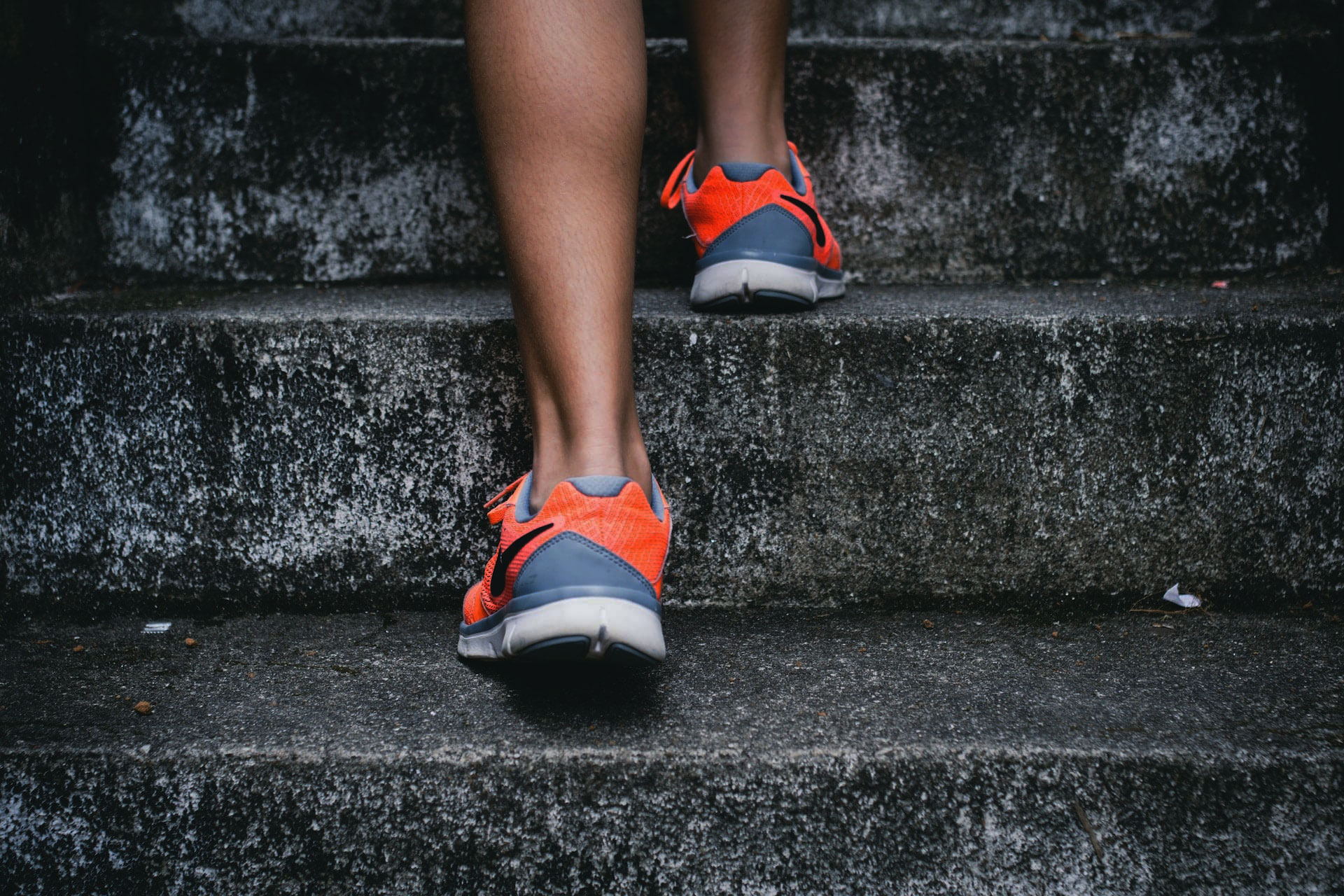
Tailoring orthotic prescription variables to sport-specific activities

Podiatrist Toby Thompson shares why orthotic therapy should be as unique as the activity and footwear it is suited to.
As podiatrists we understand the vital role orthotic therapy plays in addressing foot and lower limb biomechanical abnormalities. However, a one-size-fits-all approach may not always yield optimal results when it comes to certain sports. Each type of activity demands unique movement patterns, stresses, and forces on the lower limbs necessitating a tailored approach to orthotic prescription. Applying these considerations into our daily practice may help to achieve greater patient outcomes and improved comfort, allowing our patients to continue the sport they love and get back to it as soon as possible.
As I first began my journey as a podiatrist, my eagerness for knowledge and growth led me to constantly seek ways to enhance my expertise in orthotic prescription. While my enthusiasm was boundless, the realities of practicing in private practice differed significantly from my academic experience, presenting me with the humbling realisation that my university education had only scratched the surface of the vast realm of foot orthoses. I remember a conversation I once had with one of my mentors, which I still, to this day, reflect upon when it comes time to write a prescription for one of my patients.
“An orthotic is only ever as good as the shoes you fit them to, the activity you’re fitting them for, and the expectations you are trying to manage”.
Foot orthoses are designed in various shapes and sizes, ranging from 3/4 to full length, thin to thick, and hard to soft. However, it is important to note that the orthotic designed for someone’s work boots may not always be suitable for their weekend hobby of playing nine holes at the local golf course. Therefore, it is crucial to have a good general understanding of the footwear your patients wear during their desired activities. This can be identified through thorough subjective history-taking or simply by recommending that patients bring their shoes to their appointment. This not only saves a lot of hassle when it comes to fitting the orthotic but also prevents the realisation (when it’s too late) that the orthotic is too bulky to fit properly.
When designing an orthotic, I take several factors into consideration, including the narrowness of the shoe’s last, the depth of the heel counter, the pitch of the shoe, and the available toe space. Let’s use a football boot as an example. These boots often have a very narrow last and a shallow heel counter. In such cases, it is wise to reduce the bulk of the orthotic design by narrowing its width and opting for a lower-profile heel cup. You may even consider opting for a tapered arch profile to avoid the medial longitudinal arch (MLA) protruding out the side. After all, the last thing I want is for a patient to return and let me know that the orthotic skyrocketing the ball over the bar was the reason they lost their finals shootout.
We often use foot orthoses to help address biomechanical concerns, alter loads, and reduce tissue stresses[1]. We know that foot orthoses also help to improve energy costs during walking and improve physical function (medial-lateral sway) during stance[2]. Understanding the sport’s movements and the loading involved is therefore important. When designing a foot orthosis, I believe it is essential to find the balance between comfort and functionality. In my experience, the more complicated the orthotic is, the more likely the patient is to encounter comfort and wear-in issues.
Take running, for example. It’s not uncommon for patients to return with concerns over arch irritation and/or blistering after they have started running in a newly-dispensed orthotic. Certain design variables, such as the amount of rearfoot control, arch height, and contouring, may actually be aggravating factors. With the ground reaction force and centres of pressure increasing by 250% of body weight[3] it is important that these changes in loading are factored in. Certain material choices, such as EVA and Polyurethane (including PORON®), have been shown to reduce peak plantar pressures[4], improving comfort in high-impact loading sports such as running. With all of the prescription variables available to us, I still find that a ‘less is more’ approach has often helped me more times than not.
Managing patient expectations is something we do on a daily basis, requiring a unique set of skills to effectively communicate with our patients, which actually helps to improve overall treatment outcomes[5]. This often involves providing thorough and accurate information about treatment options, potential risks, and the anticipated results of the prescribed intervention. It is essential to address any misunderstandings, fears, or concerns that patients may have, offering reassurance and empathy throughout the process. At the end of the day, all of our patients respond differently to how they perceive the device in the first place. This may be their first orthotic or an update of an old orthotic with more holes in the top cover than a slice of Swiss cheese. Actively involving patients in the decision-making and design can build trust and enhance patient satisfaction. Additionally, regular monitoring of progress and follow-up review appointments help manage and adjust expectations as necessary, maximising patient outcomes and their overall podiatry experience.
Ultimately, with every prescription we write and shoe we fit; we all prescribe orthoses in our own specific way. I suppose there is no right or wrong way, but making the job easier with fewer hassles is something that I have always welcomed.
I hope I have helped shed a little light on some of the tips and tricks that have worked so well for me over the years. So, remember …
“An orthotic is only ever as good as the shoes you fit them to, the activity you’re fitting them for, and the expectations you are trying to manage”.
[1] Kirby, K. A. (2017). Evolution of Foot Orthoses in Sports. Athletic Footwear and Orthoses in Sports Medicine, 19–40.
[2] Banwell, H. A., Mackintosh, S., & Thewlis, D. (2014). Foot orthoses for adults with flexible pes planus: a systematic review. Journal of Foot and Ankle Research, 7(1).
[3] Terry, G. C. (1983). Book Reviews : THE PREVENTION AND TREATMENT OF RUNNING INJURIES Edited by Robert D’Ambrosia, MD, and David Drez, Jr.,MD. Edited by New Jersey: Charles B. Slack, Inc., 1982, 204 pages. The American Journal of Sports Medicine, 11(5), 367–368.
[4] Gerrard, J. M., Bonanno, D. R., Whittaker, G. A., & Landorf, K. B. (2020). Effect of different orthotic materials on plantar pressures: a systematic review. Journal of Foot and Ankle Research, 13(1).
[5] Eklund, A., De Carvalho, D., Pagé, I., Wong, A., Johansson, M. S., Pohlman, K. A., Hartvigsen, J., & Swain, M. (2019). Expectations influence treatment outcomes in patients with low back pain. A secondary analysis of data from a randomized clinical trial. European Journal of Pain.

How to avoid common claims against podiatrists
The APodA’s insurance partner BMS and health law firm Barry Nilsson discuss the 2021-2022 Ahpra annual report, and three common claims areas under the APodA Member Insurance program.
As you would be aware, the shared Code of conduct (Code) published by the Australian Health Practitioner Regulation Agency (Ahpra) and the National Boards, including the Podiatry Board of Australia, sets out a podiatrist’s professional obligations, including how a podiatrist should conduct themselves.
The remainder of this article is available to APodA members here.

The Fair Work Health Check Up resource

It is common knowledge that both the Fair Work Act 2009 (FWA) and the National Employment Standards (NES) form the building blocks of Australia’s industrial relations system, forming the core framework for regulating employment relationships, rights, and obligations for both employers and employees. However, with such a comprehensive and complex system, employers can often feel overwhelmed with the responsibility of ensuring that their organisation and systems are indeed compliant. Ensuring compliance can be complicated at the best of times.
This article will spotlight and bring awareness to our Fair Work (FW) Health Check Up, located on the HR Portal for members to access. The FW Health Check Up has been developed to make this process easier for members by providing an accessible document to view the key obligations an employer must fulfil.
Member-only full article access available at APodA’s Human Resources Portal.
Capturing the patient experience: a pilot study

The loneliness pandemic: what’s going on?
Before we explore the positive aspects of social connection, it is essential to delve into the contrasting experience: loneliness. This article looks at why you may be feeling lonelier than ever, and why you’re not alone in this.
During the height of the pandemic, the majority of Australians encountered some degree of loneliness due to prolonged lockdowns that restricted face-to-face interactions. As podiatrists, additional and significant challenges manifested from state to state and with frequently changing rules in place around whether to practice or not.
Suddenly, the predictability of your professional and personal life vanished, with no clear line in the sand as to when this time of forced solitude and uncertainty would come to an end.
The remainder of this article is available to APodA members here.




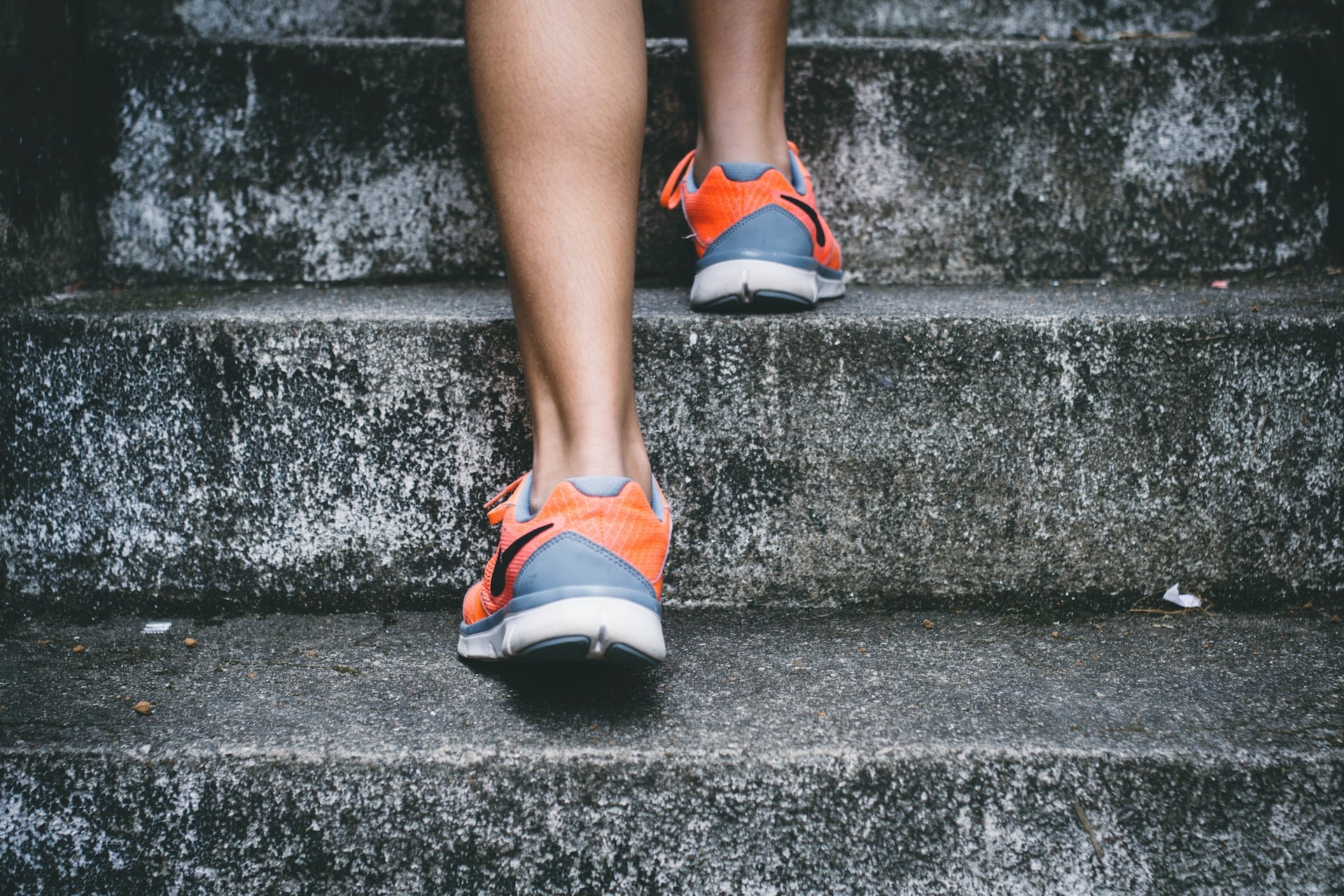

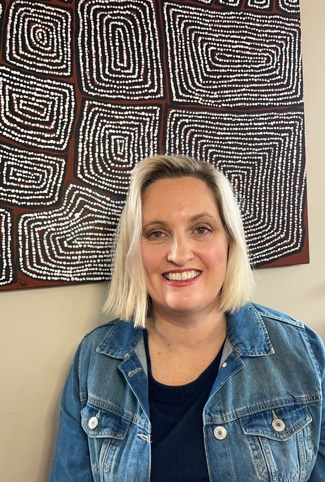
 Can you tell us a little about Kiribati?
Can you tell us a little about Kiribati?
